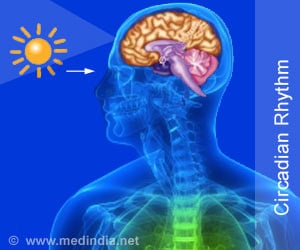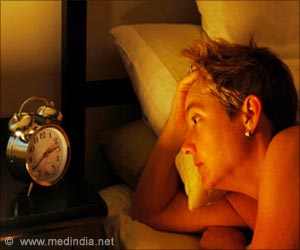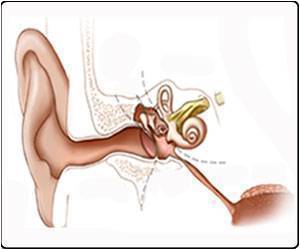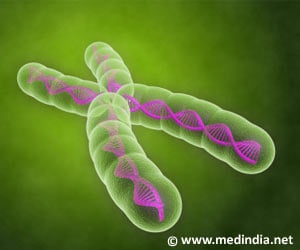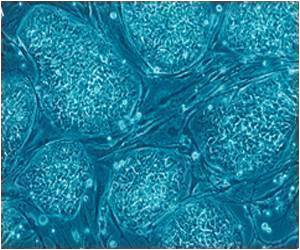This is the first study to test the theory that color affects the body clock in a mammal. The findings could be useful for shift workers or to minimize jet lag.

Researchers studied the change in light around dawn and dusk to analyze whether color could be used to determine the time of day. Besides the well known changes in light intensity that occur as the sun rises and sets, the researchers found that during twilight, light is reliably bluer than during the day. They next recorded electrical activity from the brain clock while mice were shown different visual stimuli. The scientists found that many of the neurons were more sensitive to changes in color between blue and yellow than to changes in brightness.
The study is published in PLOS Biology.
Source-Medindia


